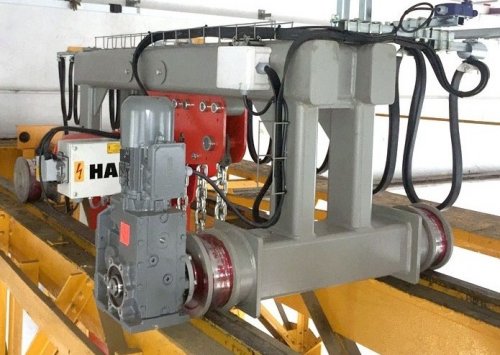Regulation of electrical loads
Each industrial enterprise consumes electricity over time based on the interests of its production activities, that is, without taking into account the optimal mode of the power supply system. The fluctuation between maximum and minimum load is from 15 to 60%. The rational use of electricity by an industrial enterprise contributes to increasing the profitability of both the enterprise itself and the energy system, that is, both the consumer and the supplier of energy.
The regulation of energy consumption of an industrial enterprise, aimed at equalizing the load schedule of the power system, requires an increase in the level of production organization, helps to reduce the specific levels of energy consumption for the production of products.However, the regulation of energy consumption requires the development and implementation of additional organizational and technical measures (transfer of work during the hours of interruption of energy consumption, shutdown of units during the hours of maximum energy consumption in the power system).
The following load control methods are used in an industrial plant:
-
increasing unit productivity and production backlog. This allows the units to be shut down during the peak load hours of the power system and use the existing reserve;
-
disconnection of auxiliary equipment during peak hours;
-
changing the start of work on the shift and transfer to the weekend;
-
changing the mode of operation of energy-intensive equipment during the day;
-
alternate charging and stopping of similar units during the peak load period;
-
basic and average repair of the main technological equipment during the winter period - with maximum electricity consumption.
The last method is aimed at seasonal reduction of electricity consumption; other methods contribute to smoothing the daily load schedules.
Consumers that can dramatically affect the load schedule of the power system are called regulator consumers. For example, in oil production, it is possible to stop half of the pumping units during one shift, and in the other two shifts — to work in forced mode with a full set of pumping units.An enterprise with a large number of synchronous electric motors operating on a continuous schedule can be a reactive power regulator both in the networks of the enterprise itself and in the networks of the power system.
The greatest technical and economic efficiency is achieved with automated management of energy consumption.

